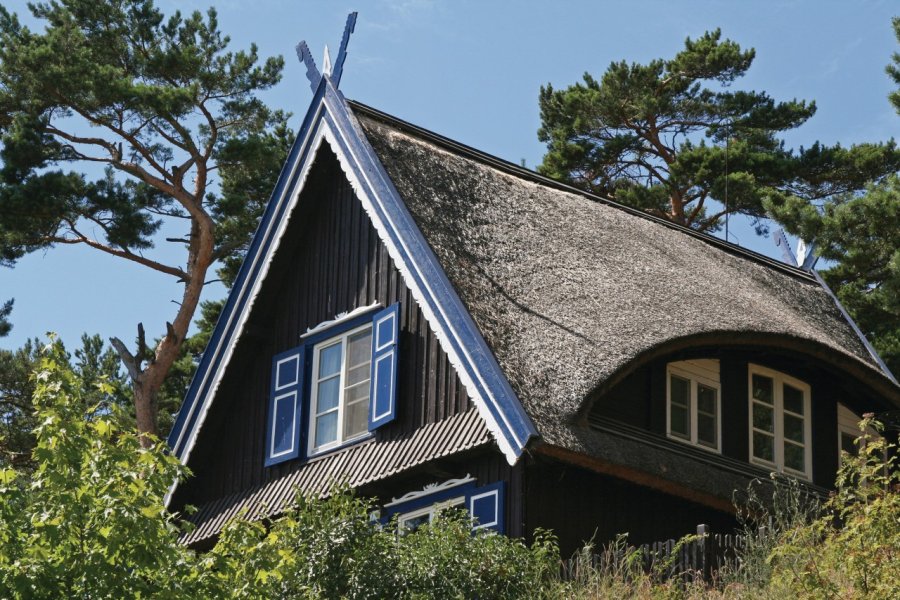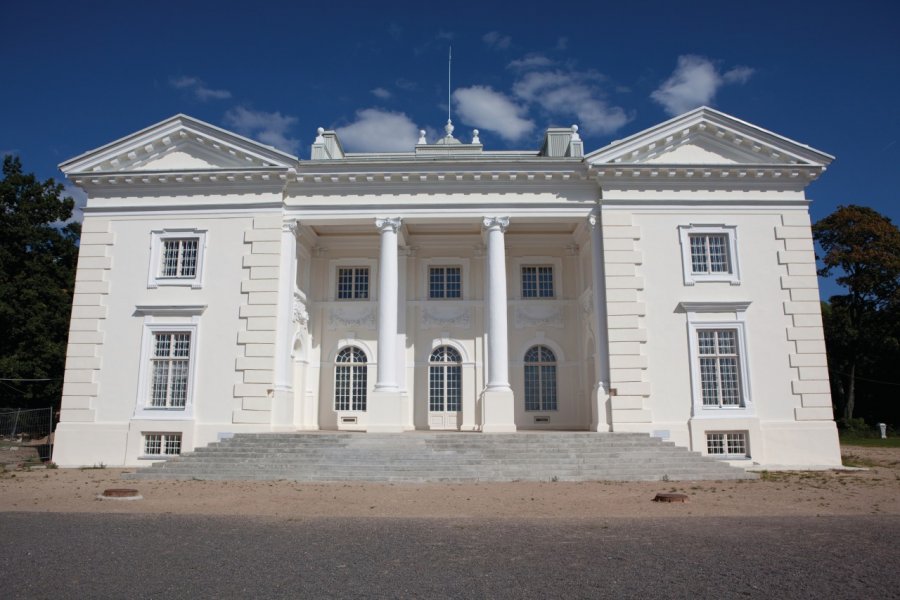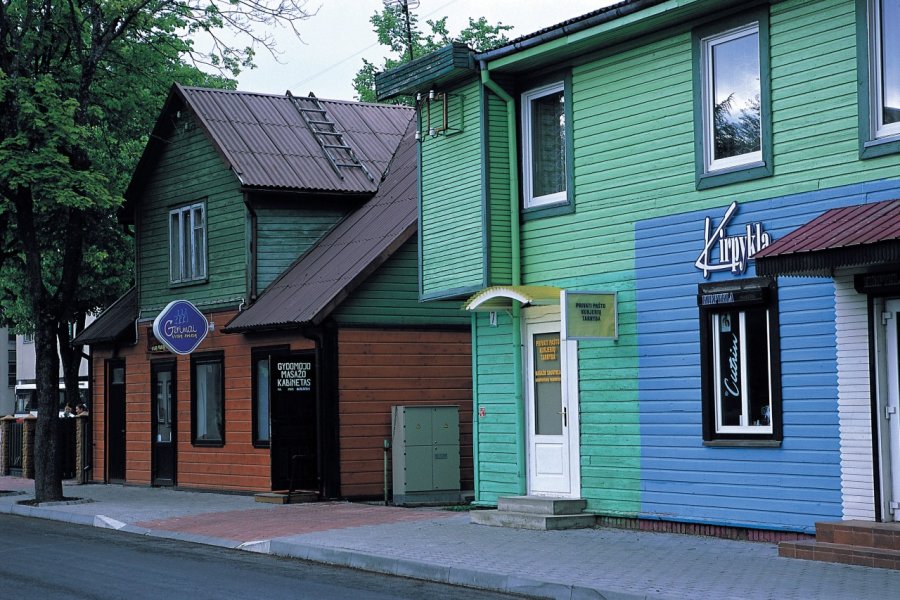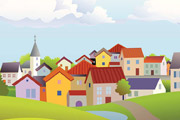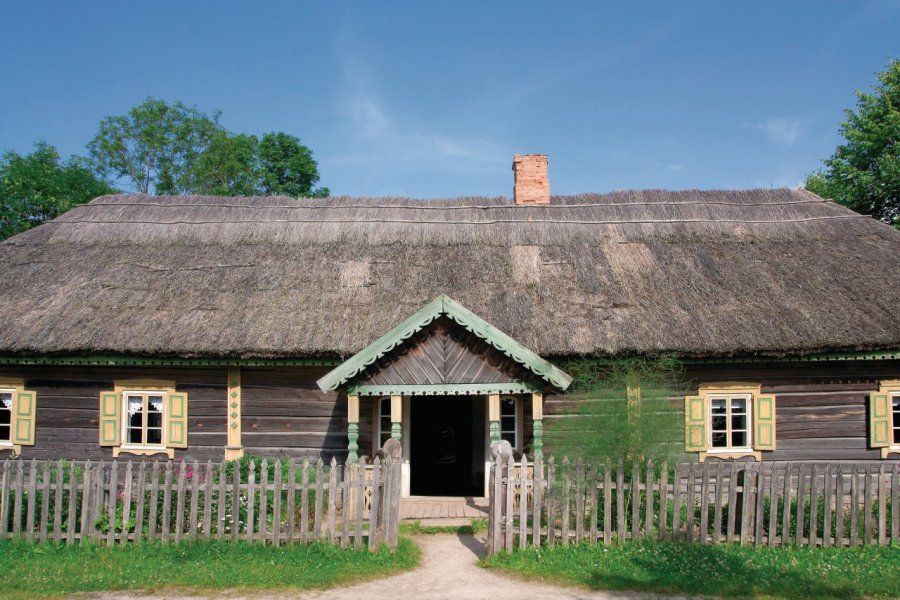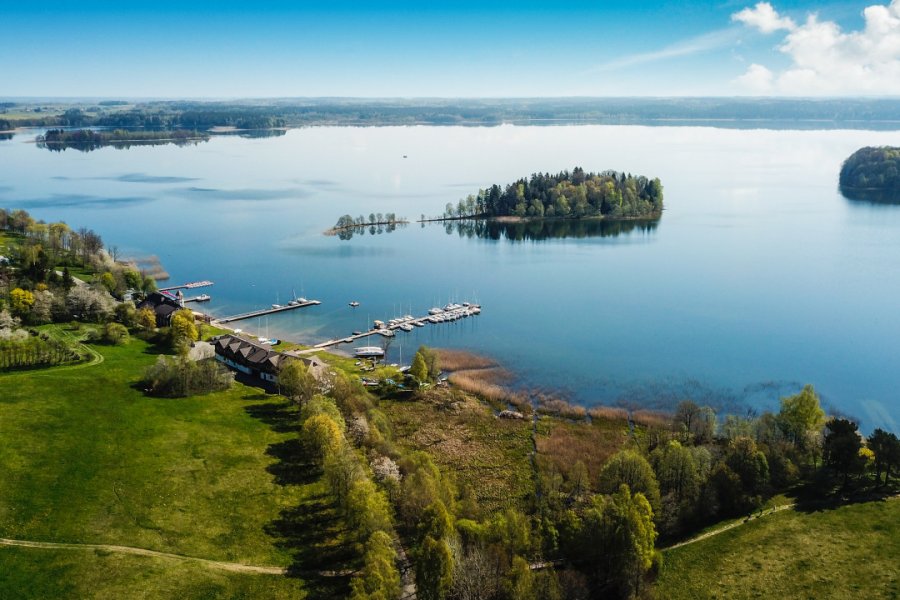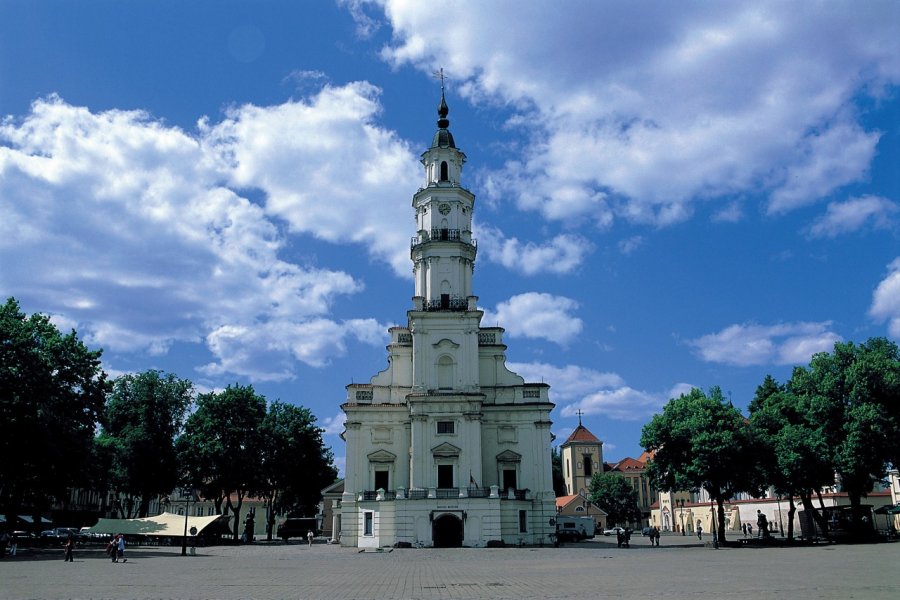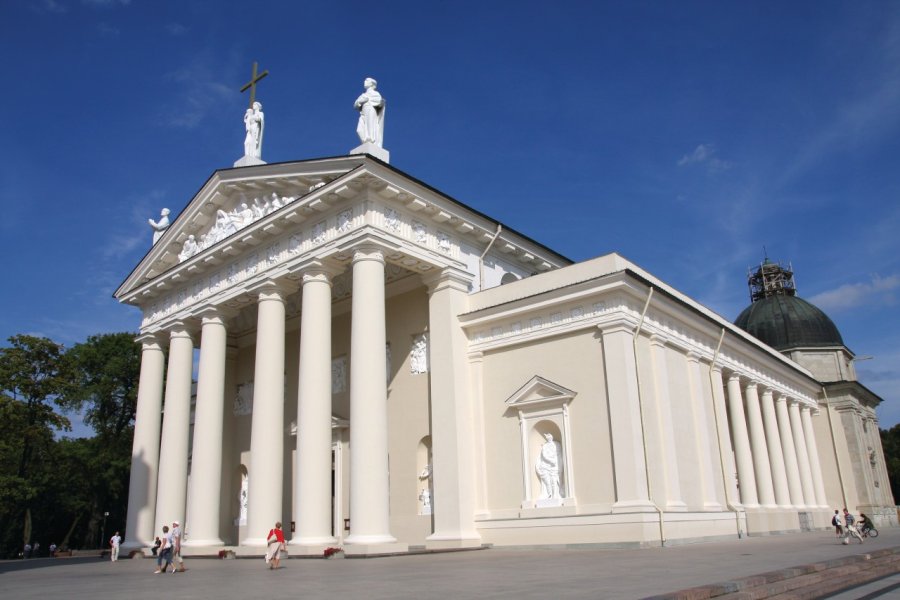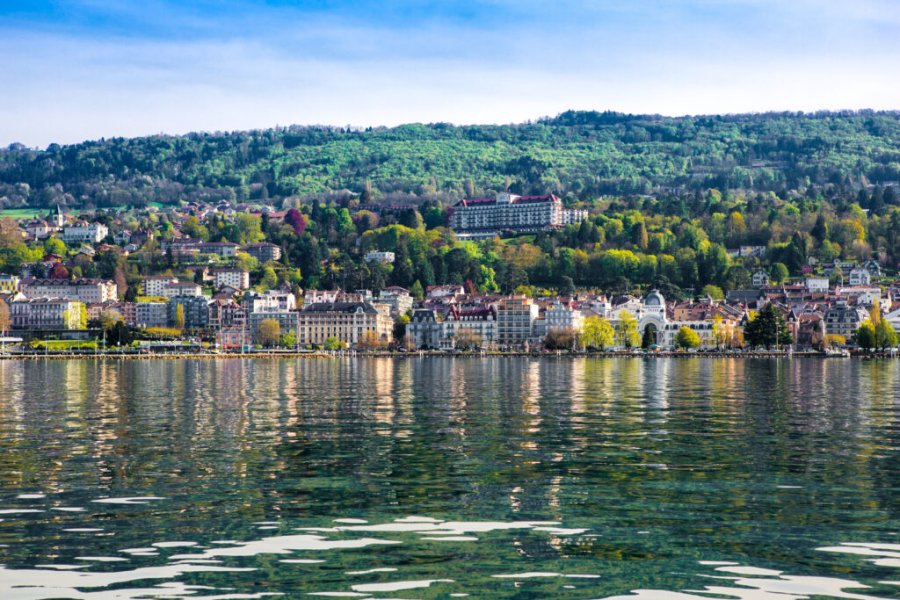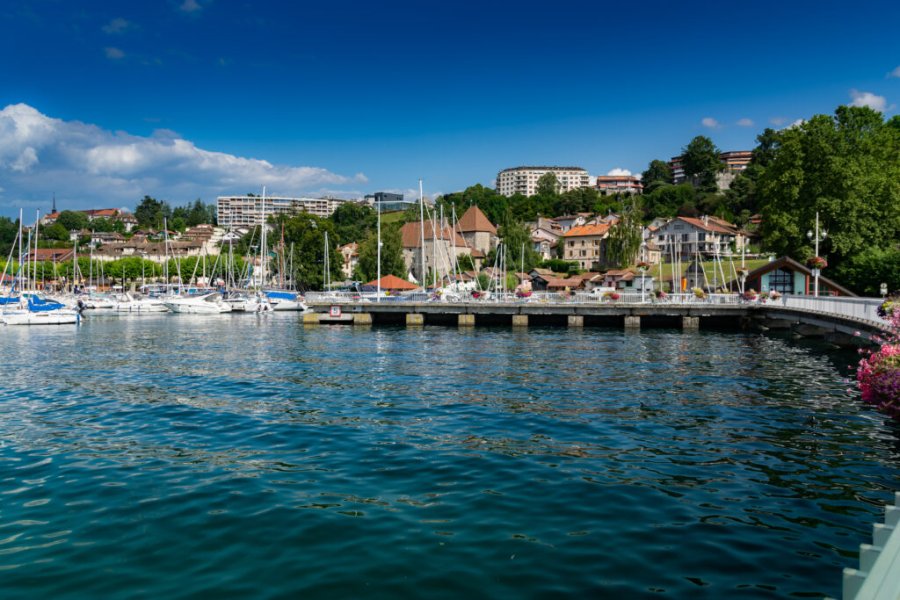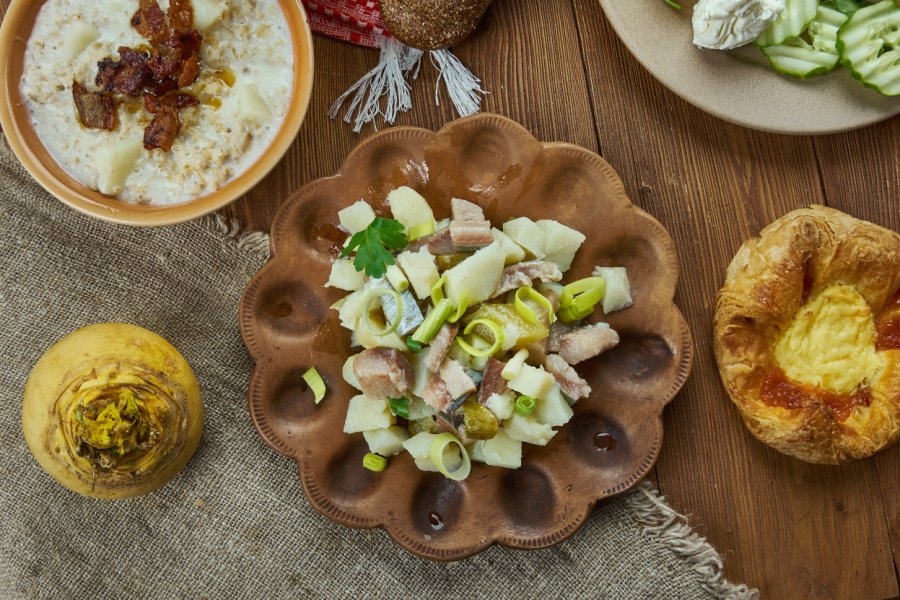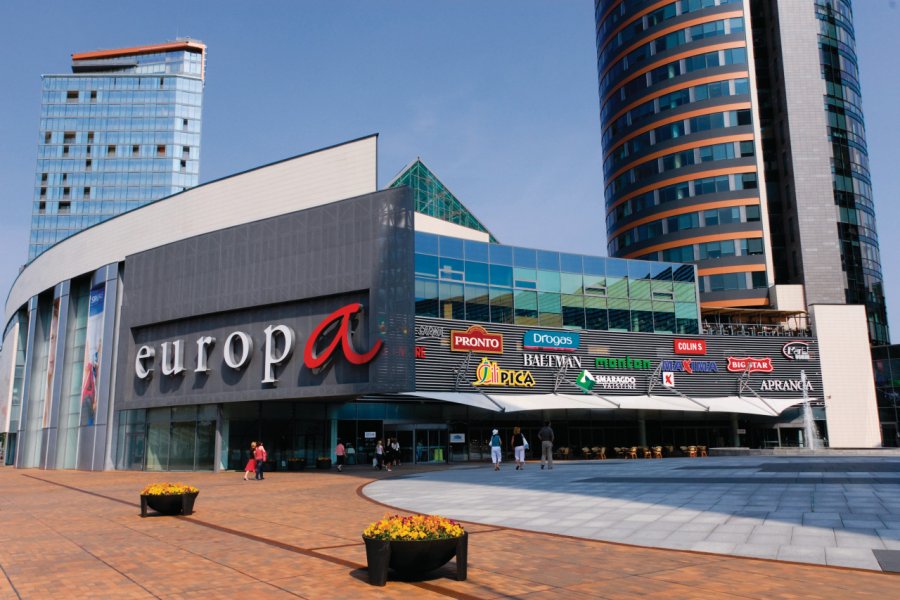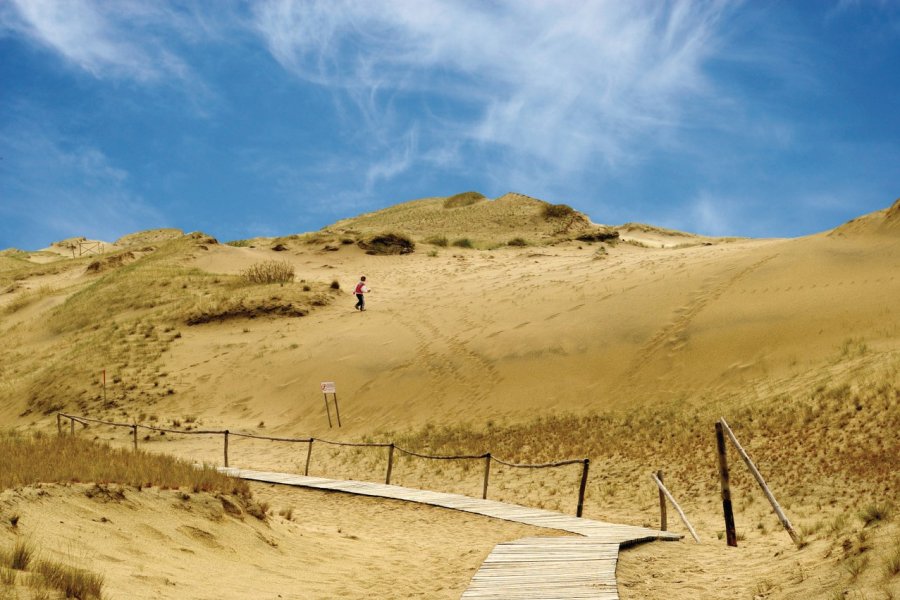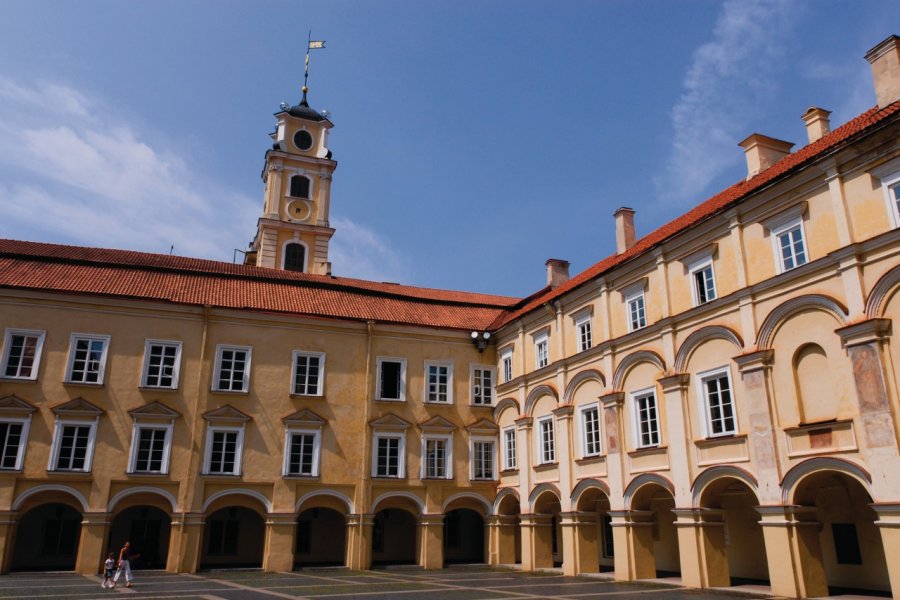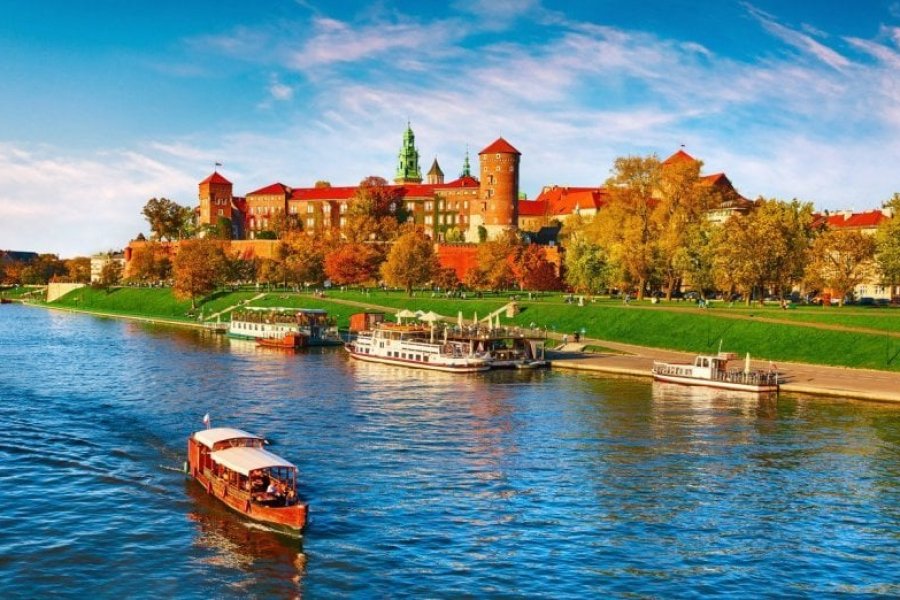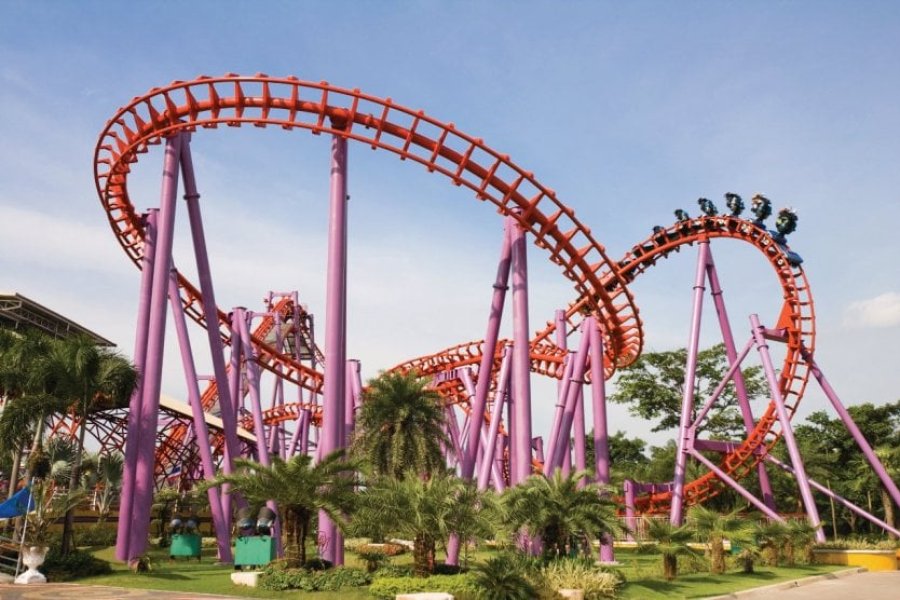Travel Guide Lithuania
Lithuania, the southernmost of the three Baltic countries, after a period of independence from 1918 to 1940, was incorporated into the territory of the Soviet giant until its fall in 1991. Since then, while the Kaliningrad enclave remains a Russian possession, the rest of the territory has undergone a real renaissance: Lithuania is part of the EU, the Schengen area and has opened up to the liberal economy. The capital of Vilnius enjoys a significant cultural wealth, particularly since Lithuania's millennium celebrations in 2009, during which the city was named European Capital of Culture. However, Lithuania's tourist guide is far from being limited to its capital city alone! We will go off the beaten track to discover Žemaitija in the northwest of the country and its protected reserve of Kamanos, but also the 100 km of coastline on the Baltic Sea, sometimes with seaside resorts and small coves and sometimes quiet fishing villages dominated by idyllic sand dunes. The astonishing and captivating story that the Lithuanian people continue to tell will certainly make your stay in these remote lands a good reason to return. Sveiki atvykę į Lietuva !
What to visit Lithuania?
Suggested addresses Lithuania
When to go to Lithuania?
When did you leave for Lithuania? It all depends on what you're looking for. The high tourist season runs from June 20 to August 31 and is undoubtedly the best time to visit Lithuania, due to its very pleasant summer climate. However, it is essential to take into account that there are more and more visitors in this busy time, and housing prices are then higher (it becomes imperative to book). Christmas and Easter holidays mainly attract tourists from the region (Scandinavians and Russians) and are appreciated for the various celebrations that take place there. The off-peak seasons are fall (October and November) and late winter (March and early April), largely due to weather: fall is grey, even dark and wet, and late winter is wet snow and icing. For winter sports enthusiasts who are wondering when to go to Lithuania, the best times are undoubtedly January and February.
Weather at the moment
Being located at the northern latitude of Canada, Lithuania's weather is characterized by harsh winters. The further inland, the more continental the climate becomes, and temperatures are 4°C lower than on the coast in the middle of winter, and at least 2°C higher in summer. Summer days are particularly long (especially in June) with an average of 20°C, while in winter the average temperature in Lithuania is -7°C, with peaks of -30°C.
Vilnius
While the currency was once the litas, the country has used the euro since 2015. And if the rates increase with time, Lithuania remains a cheap destination and costs vary greatly between Vilnius and the countryside. Accommodation is the most expensive expense (with a little bit of trickery you can get by on the cheap), food is half the price of France and local transport is ridiculously cheap. For tips, we will leave 5 to 10% in the restaurants.
A simple valid passport (for more than 6 months from the date of entry into the country) will allow you to enter Lithuania. For nationals of a Member State of the European Union, since 1 May 2004, a simple identity card is sufficient. However, if you wish to stay longer than 90 days, you must register.
For Kaliningrad. If you are not Russian and regardless of your nationality, a Russian visa is required to travel to the Kaliningrad enclave. The same applies to Minsk and Belarus. The necessary Russian visa, issued for 30 days, cannot be obtained in Kaliningrad, so it must be requested in advance at a Russian embassy in France or from Lithuania. Advice to travellers: go through a travel agency (in France or Lithuania), it will book a hotel for you and take care of the formalities for obtaining a visa.
Medical services are safe and prices are set in Lithuania. No special vaccinations are required to get there. Pharmacies are well equipped, but it is preferable to bring your own medicines if you are undergoing treatment. It is advisable to avoid drinking tap water, when the pipes are old or rusty... Lithuanians filter or sometimes boil tap water before drinking it. But as a general rule, the water is drinkable and very pure. Anyway, we don't get sick from the water in Lithuania. A few cases of rabies have been reported, so beware of dog bites. In case of a walk in the forest, there may be ticks.
Practical information
- When to travel?
- Weather forecast
- Budget
- Formalities
- Health
- How to travel by yourself?
- How to get organized?
- Getting around
Media
How to go to Lithuania? Our advice & tips
Tour operators and travel agencies, sensing the tourist potential of the region, are flourishing in Northern Europe. Knowing particularly well the field and the actors of tourism, especially the French-speaking ones, these specialists propose flight-hotel packages, and sometimes even accompanied or customized tours allowing to discover Estonia and Latvia, at advantageous rates. Do not hesitate to compare the various offers in order to identify the one that suits you best.
Discover our selection of travel agencies for this destinationOrganizing a trip to Lithuania yourself is quite feasible, as long as you do it in advance: booking a direct flight (the price of a return ticket to Vilnius varies between 80 and 300 € depending on the period and the anticipation you show) and accommodation in advance will allow you to make substantial savings. For the rest, a little bit of resourcefulness and consultation of the Lithuanian tourist guide should allow you to have a memorable stay.
Buses are the most popular means of transportation. The national networks are inexpensive, run very well and are remarkably punctual. Buses on major routes can even be comfortable at times. Large cities are also connected by minibuses. The railway network is old but functional, and less expensive than the bus. The roads are in good condition, allowing travel by car, while in Vilnius, the use of bicycles is becoming more common.

